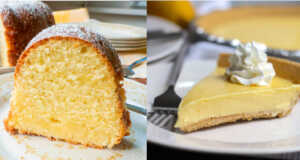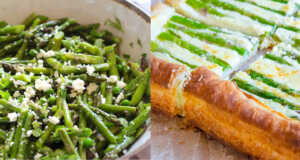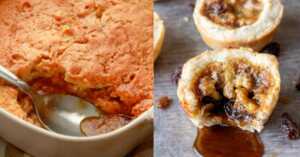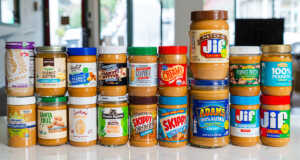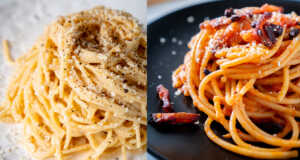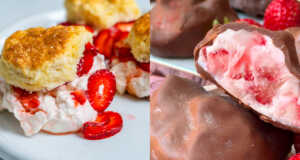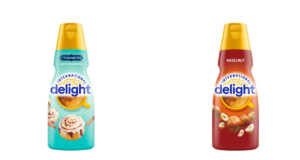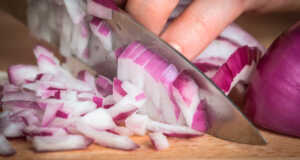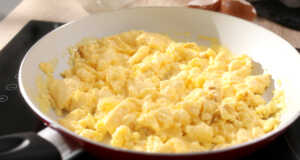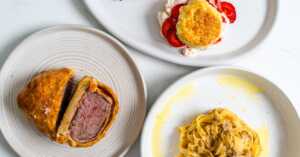Normal or nonstick – is there really a difference? Actually, there is, and using a nonstick or dark pan will affect the way your food bakes. What foods benefit from cooking in nonstick or dark pans and if you only have these sort of pans, do you need to adjust your recipe?
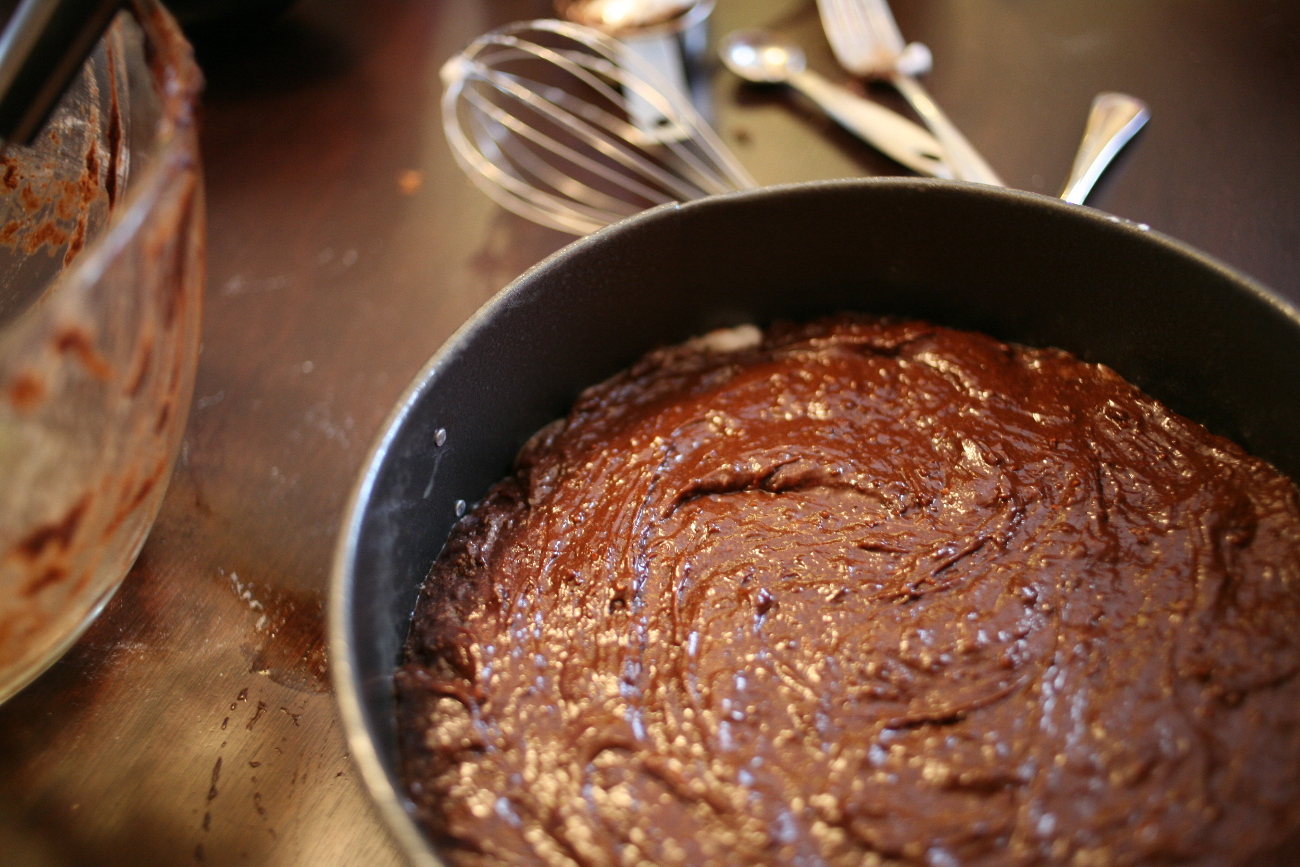
Just like when we wear a dark T-shirt on a hot sunny day, we’ll know how these pans will react in our ovens – they absorb heat and absorb heat fast. Sugar and fat in cake batter delays the development gluten or protein structures, so when you put cake batter into a nonstick or dark pan, the batter closest to the pan will heat up too quickly. The result? You’ll end up with a cake that’s burnt around the edges and raw on the inside, far from tasty.
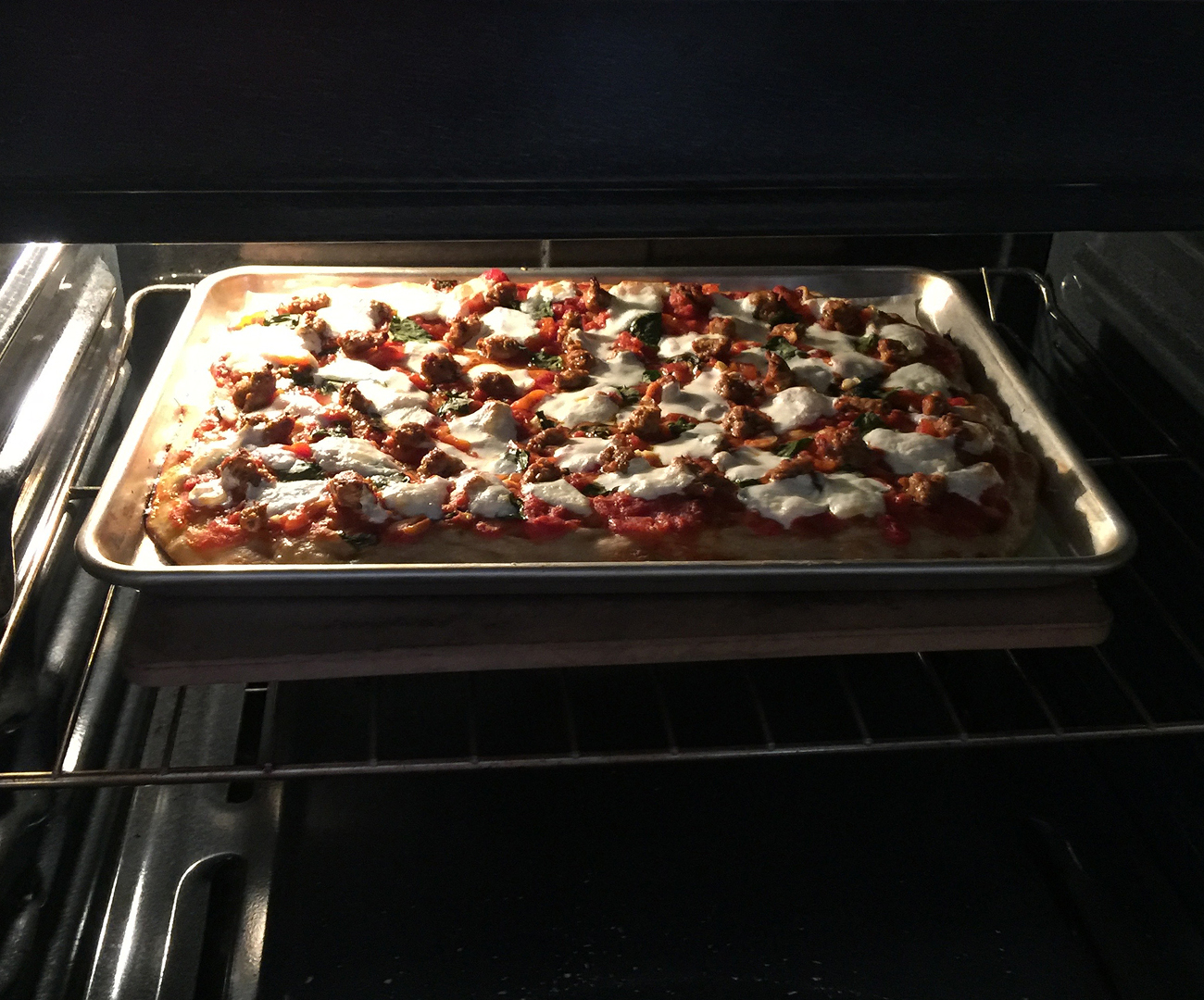
So what are the best recipes for dark or nonstick pans? When you want rapid heat and a good crunch, these pans are your best bet.
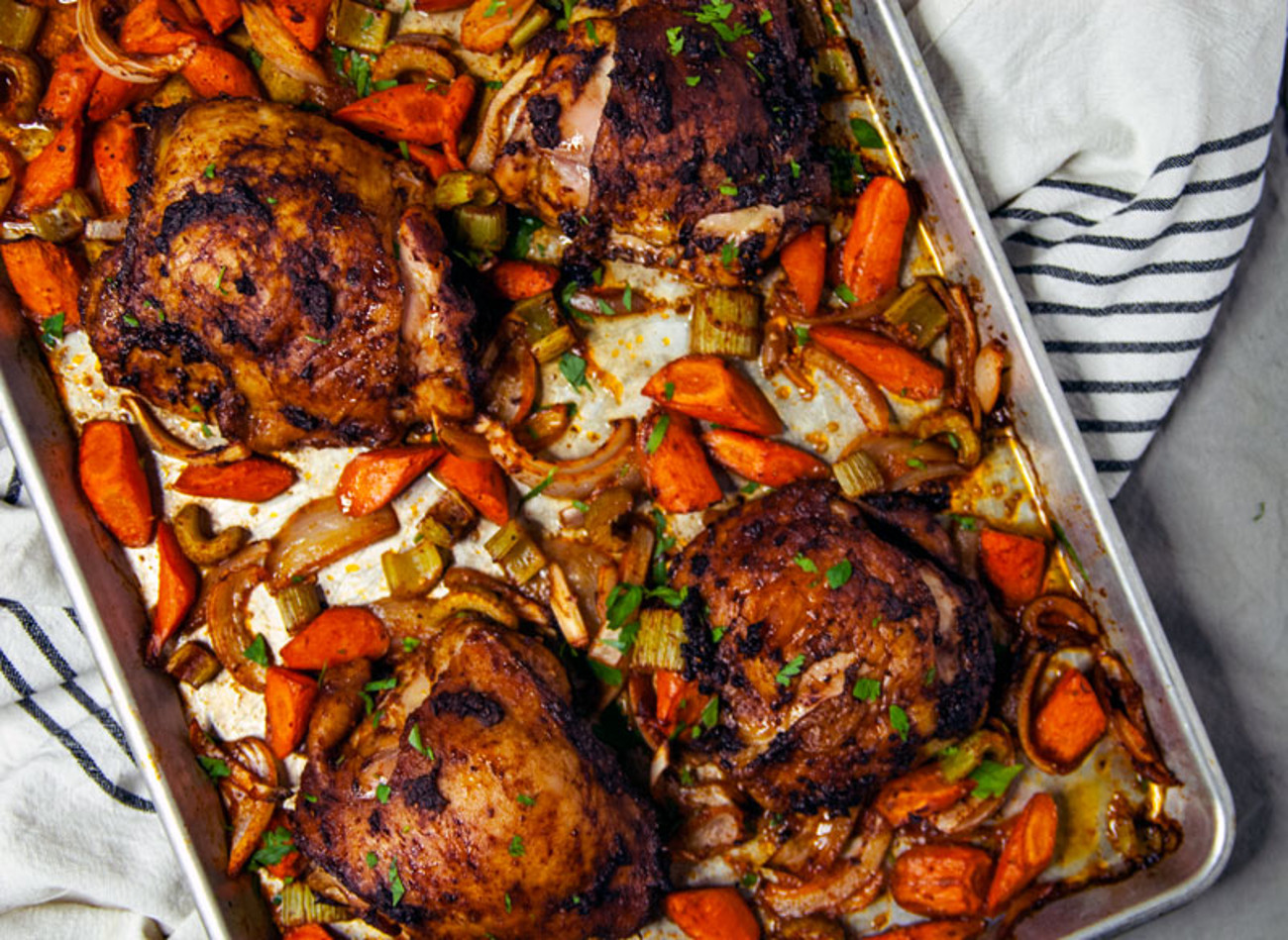
The dark surface of these pans will crisp up the outside of the food, producing delicious spots of golden and dark crispiness. Vegetables, proteins, and pizzas do well on dark nonstick pans, as the pans give these foods a much-needed boost in texture. Don’t think dark or nonstick pans are just for veggies and meats because these pans will change the game for pasta casseroles. If you’re one of those people who loves the crackly crunchy corner of a lasagna, opt to bake it in a nonstick or dark dish.
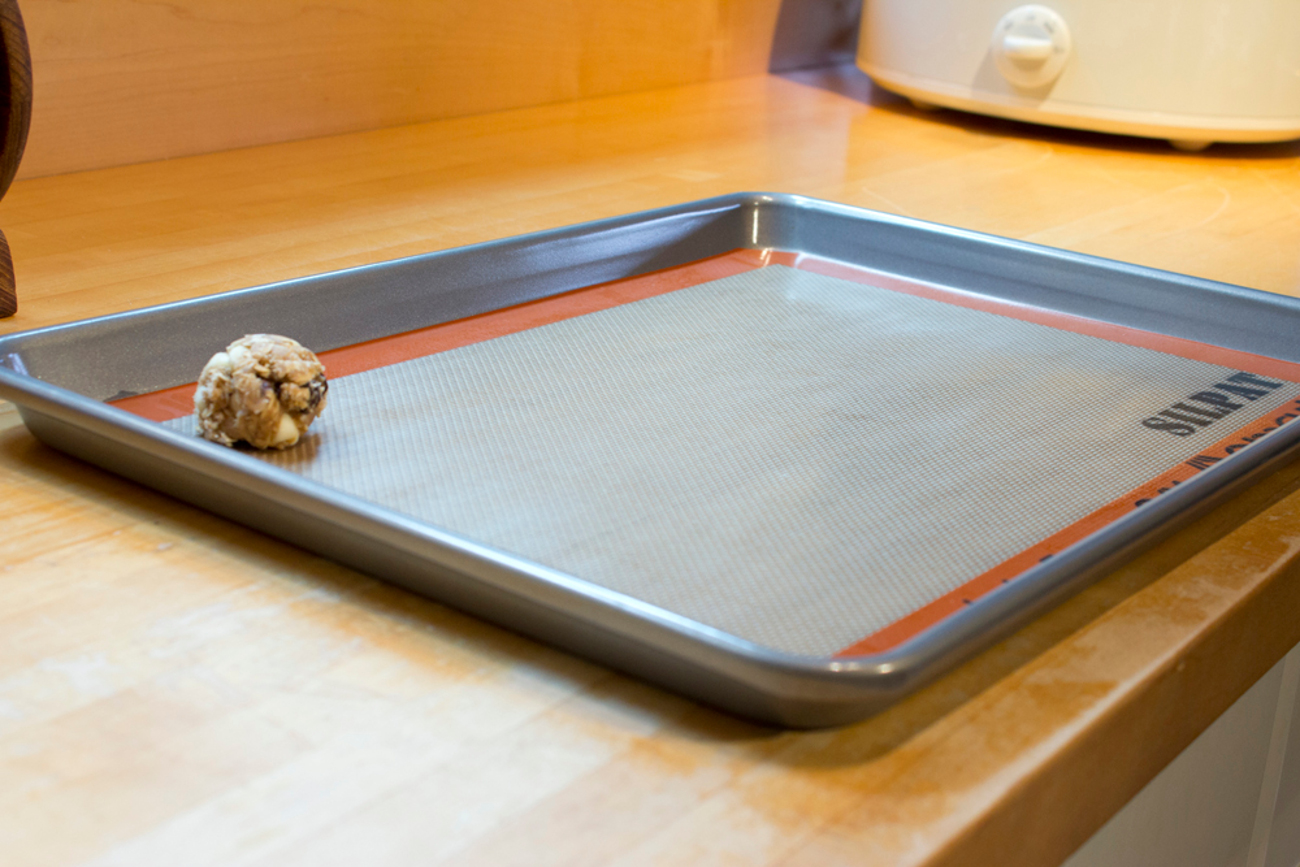
If you need to bake cookies on a nonstick or dark pan, opt to use a silicone mat to line the pan, this will distribute heat more evenly and prevent the pan from getting too hot. Decreasing your oven temperature by 25 degrees will prevent the food from burning prematurely, and check for doneness 10 to 15 minutes before the recommended time frame.
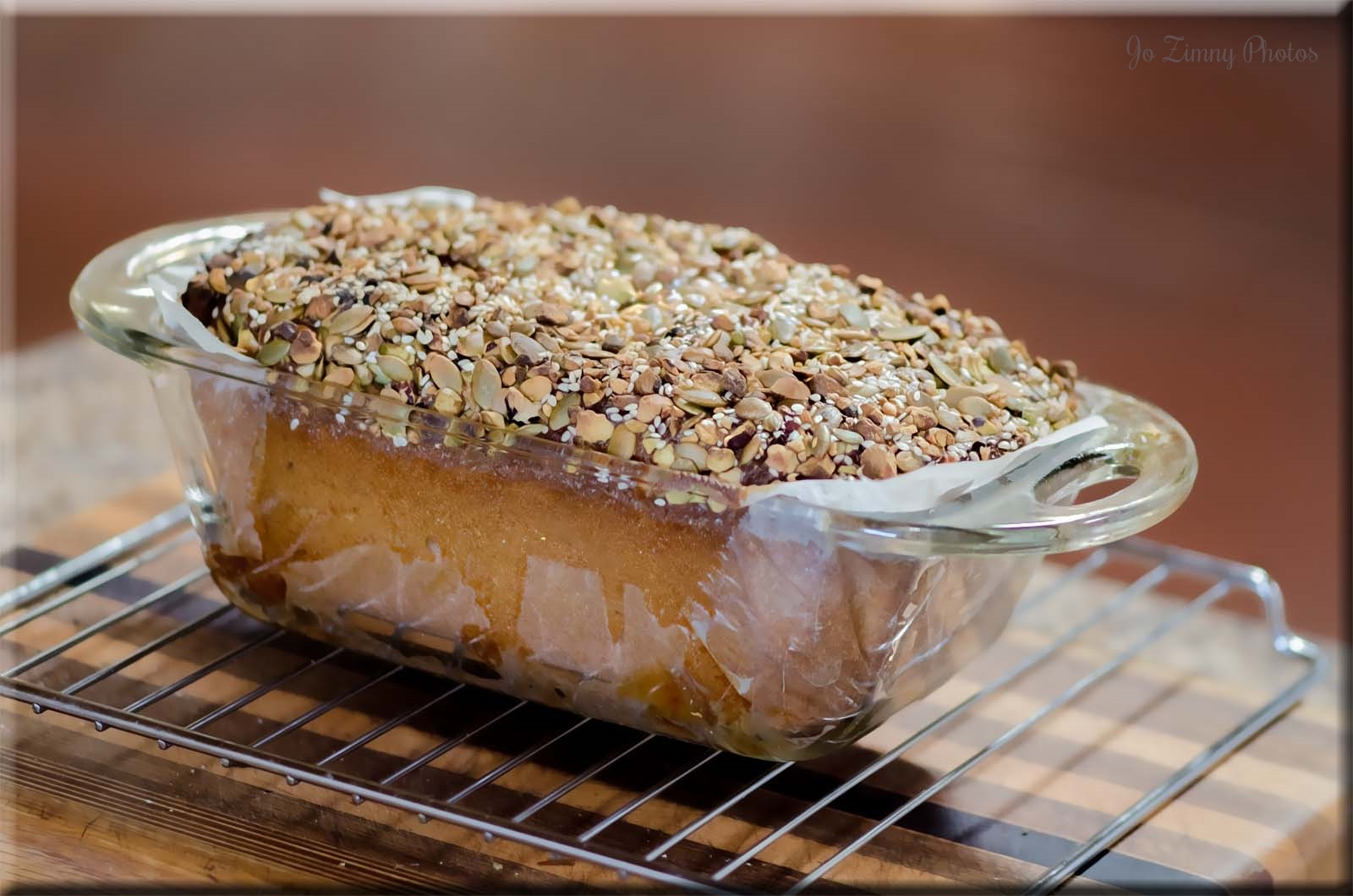
Though lighter colors, ceramic, or glass pans are optimal for even baking, don’t get discouraged, following any of the tips above will ensure a delicious outcome!
